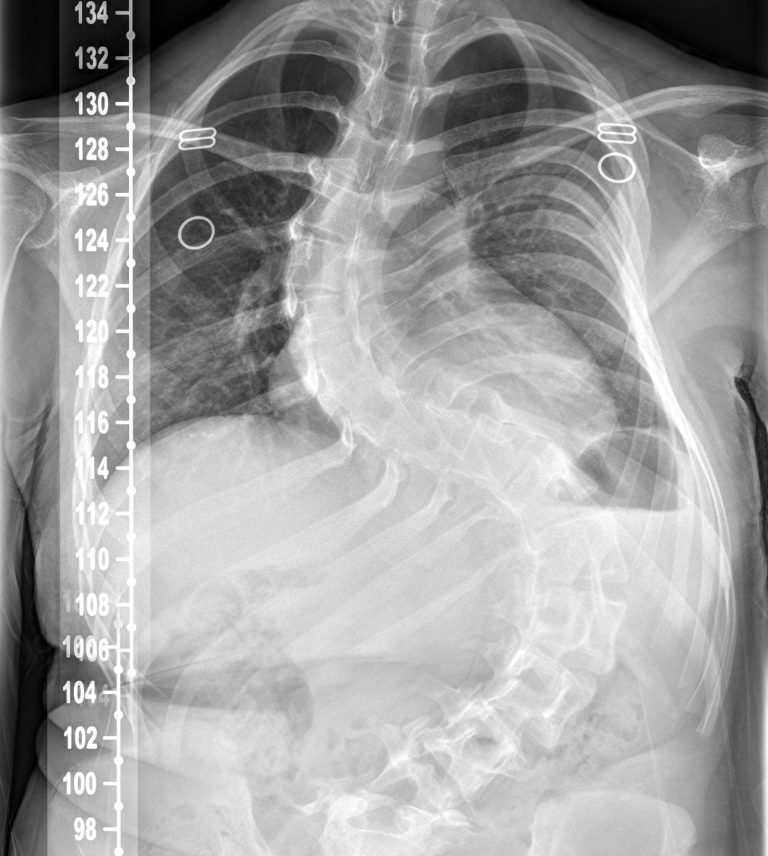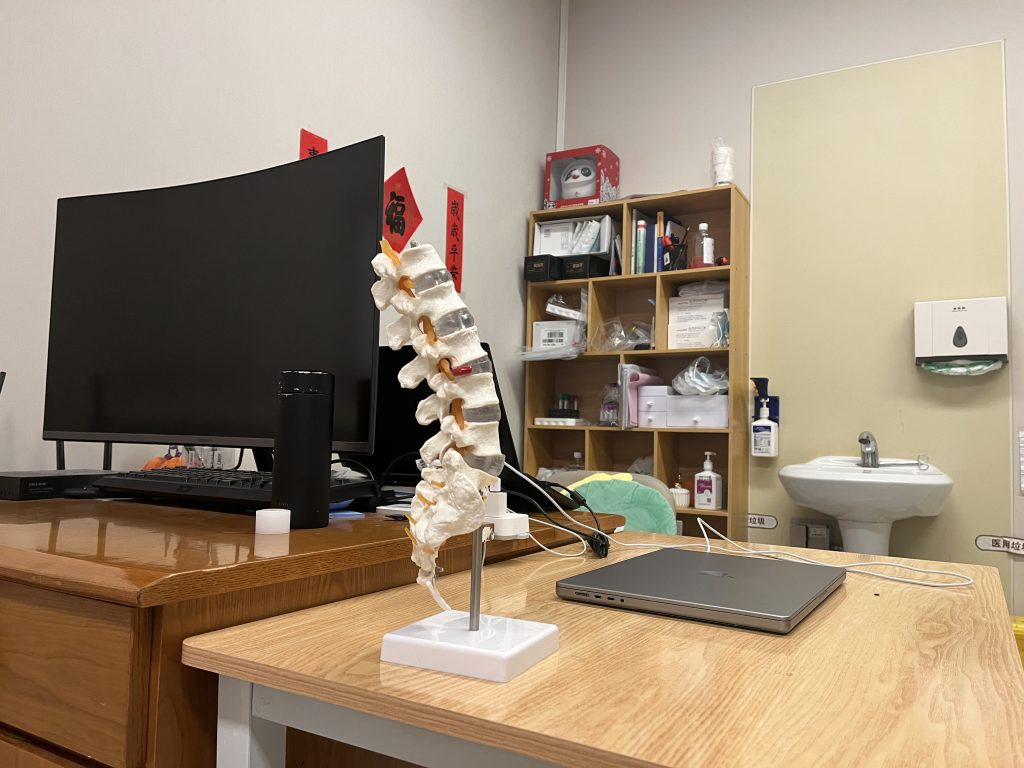Lab Introduction
our research
With the direction of big data research and application of spinal deformities, the laboratory explores the pathogenic genes of spinal deformities by analyzing whole genome sequencing data based on artificial intelligence, high-efficiency biological information based on big data, and research on the pathogenesis of spinal deformities and machine learning-based The Scoliosis Assessment and Diagnosis System developed by the Chinese Academy of Sciences has been developed into three main research levels to conduct in-depth exploration of the etiology and mechanism of spinal deformity.
about us
The Key Laboratory of Spinal Deformity Big Data Research and Application of the Chinese Academy of Medical Sciences relies on the Department of Orthopedics of Peking Union Medical College Hospital, and was established in 2019 with the support of the leaders of the Chinese Academy of Medical Sciences and the departments of Peking Union Medical College Hospital.
The main members of the laboratory are from the orthopedic research team of Peking Union Medical College Hospital. The division of labor is clear, the echelon is reasonable, and a series of studies are formed.

Applying big data to mine disease-causing genes
Based on high-quality clinical sample resources, the pathogenic genes of spinal deformity diseases were mined. At present, the team has established the first disease cohort genome analysis process PUMP and multi-dimensional database.
AI-based genotype-phenotype prediction
Build algorithmic models to predict possible causative genes from clinical phenotypes. At present, the team has developed PhenoApt, a phenotype-driven genotype sorting tool.
AI-based image recognition technology
Based on machine learning or deep learning, develop non-radiation spinal deformity screening tools and postoperative X-ray prediction tools.
AI-Based Exercise Therapy for Spinal Deformities
Traditional exercise therapy combined with AI visual recognition technology to develop digital exercise therapy suitable for conservative treatment of spinal deformities.
Research Field
We have been engaged in basic and clinical research on spinal deformities for a long time, and have a high-quality sample resource bank. It has formed technical platforms such as genome sequencing analysis, epigenetic research, gene function research, artificial intelligence analysis, etc. Some of our research directions are listed on the left.
research Foundation

Skeletal Deformity Genetic Clinic
The laboratory collects multi-dimensional information such as patient phenotype, imaging, and genetic testing through the skeletal deformity genetic clinic, and records it in a self-built structured database.
structured database
The laboratory’s self-built database integrates multimodal clinical data, and the data structure is reasonable.

Phenotype-genotype prediction tool
PhenoApt is a powerful phenotype-driven genotype prediction tool that allows users to assign weights to phenotypes based on clinical experience to improve prediction performance. PhenoApt shows good prediction performance compared with similar prediction tools. PhenoApt is now available as a command line tool and online.